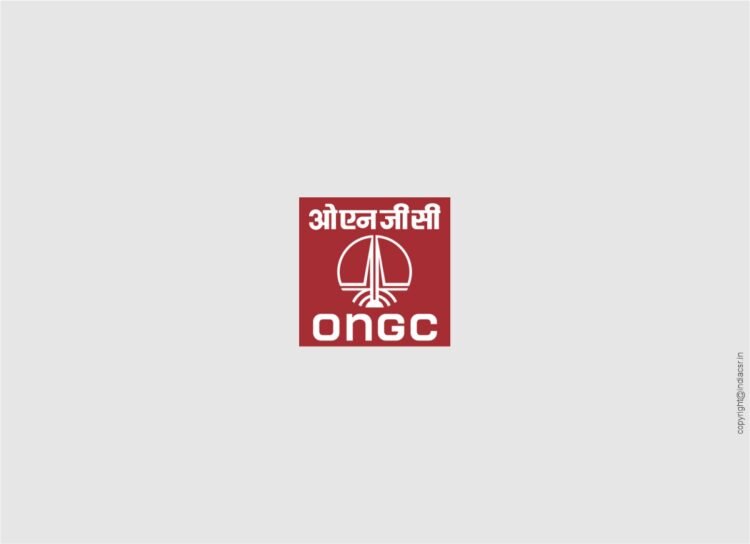ONGC’s investment challenges this status quo, raising a critical question: can strategic CSR funding bridge the gap between technological advancement and equitable healthcare access?
NEW DELHI (India CSR): In a world where healthcare disparities often dictate life-and-death outcomes, a transformative initiative in Andhra Pradesh signals a promising shift. The Oil and Natural Gas Corporation (ONGC), a public sector behemoth, has pledged Rs 48 crore from its Corporate Social Responsibility (CSR) funds to equip government hospitals with advanced radiation machines.
This move, born from discussions between TDP Rajya Sabha member Sana Satish, Union Petroleum and Natural Gas Minister Hardeep Singh Puri, and Minister of State for Rural Development and Communications Dr. Pemmasani Chandrasekhar, is more than a financial commitment—it’s a profound statement on the role of public-private synergy in addressing systemic health challenges.
***
The Power of Targeted Investment
The allocation of Rs 48 crore CSR fund for three state-of-the-art radiation machines, each valued at approximately Rs 16 crore, is a strategic intervention. These machines, destined for government hospitals in Kakinada, Guntur, and Kadapa, are not mere equipment; they are lifelines for countless patients grappling with cancer. By enabling early detection and advanced radiation therapy, this initiative directly tackles one of the most pressing barriers in cancer care: access to cutting-edge technology in underserved regions.
But why does this matter? Cancer, a disease that respects no boundaries, disproportionately burdens those reliant on public healthcare systems. In India, where private hospitals often cater to the affluent, government facilities are the backbone for millions. Yet, these institutions frequently lack the resources to match the pace of medical innovation. ONGC’s investment challenges this status quo, raising a critical question: can strategic CSR funding bridge the gap between technological advancement and equitable healthcare access?
***
Beyond Technology: A Symbol of Hope
Sana Satish aptly described this initiative as a “beacon of hope for saving lives.” This is not hyperbole. The installation of advanced radiation machines in regions like Kakinada, Guntur, and Kadapa—areas not typically associated with high-tech medical infrastructure—signals a commitment to inclusivity. It suggests that quality cancer care should not be a privilege reserved for urban elites but a right accessible to all, regardless of geography or economic status.
Yet, this initiative also prompts deeper reflection. Is the provision of equipment enough, or does it merely scratch the surface of a larger systemic issue? The success of these machines hinges on complementary factors: trained oncologists, maintenance infrastructure, and patient awareness. Without these, the machines risk becoming underutilized assets, a cautionary tale of good intentions outpacing practical execution.
***
The Role of Leadership and Collaboration
The collaboration between ONGC, Union ministers, and state leadership under Chief Minister Chandrababu Naidu underscores the power of multi-stakeholder partnerships. This initiative is a testament to what can be achieved when political will, corporate responsibility, and public sector resources align. However, it also raises a provocative question: why is such collaboration the exception rather than the norm? In a country with vast public sector enterprises, could CSR funds be systematically leveraged to address other pressing health crises—mental health, maternal care, or infectious diseases?
Sana Satish’s mention of securing additional funds through various channels, including CSR contributions from other public sector undertakings, hints at a broader vision. It challenges us to imagine a future where corporate giants, often criticized for prioritizing profits, become active partners in nation-building. But this vision demands accountability. How will these funds be monitored? Will the benefits reach the most marginalized, or will bureaucratic inefficiencies dilute their impact?
***
A Call to Rethink CSR
ONGC’s commitment is a clarion call to redefine the scope of CSR. Too often, corporate social responsibility is reduced to token gestures—sponsoring local events or planting trees. While these have value, ONGC’s investment demonstrates the potential for CSR to address structural inequities. It invites other corporations to think beyond compliance and invest in transformative change. What if every public sector enterprise allocated a fraction of its CSR budget to healthcare infrastructure? The ripple effects could reshape India’s public health landscape.
At the same time, this initiative exposes a paradox. Why must critical healthcare advancements rely on CSR at all? Shouldn’t the state, with its mandate to serve the public, ensure such infrastructure as a baseline? ONGC’s contribution, while laudable, highlights the gaps in public funding for healthcare. It forces us to confront an uncomfortable truth: in the absence of robust state investment, corporate goodwill becomes a lifeline—but one that may come with strings attached or uneven distribution.
***
(India CSR)





